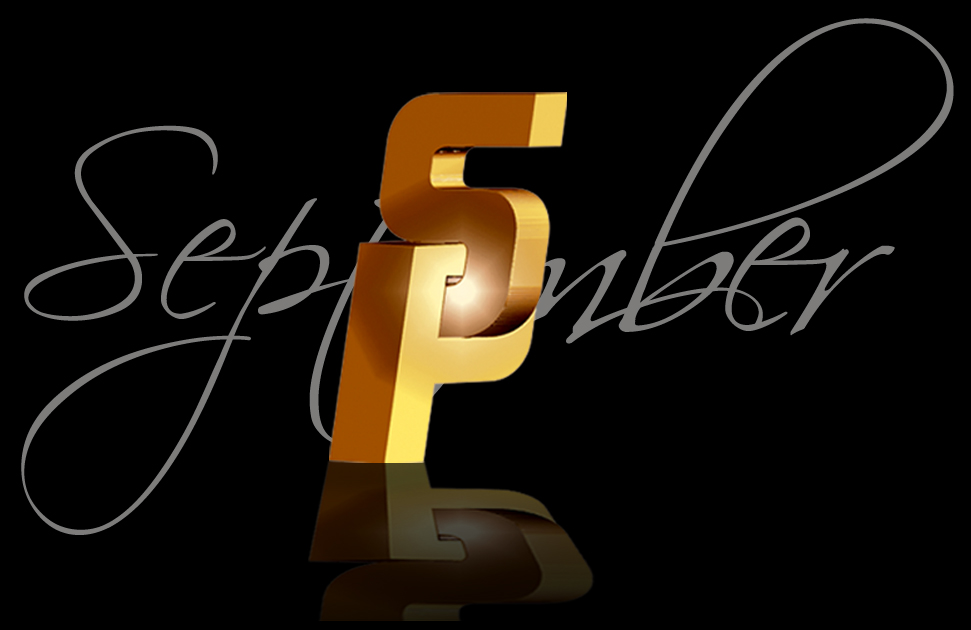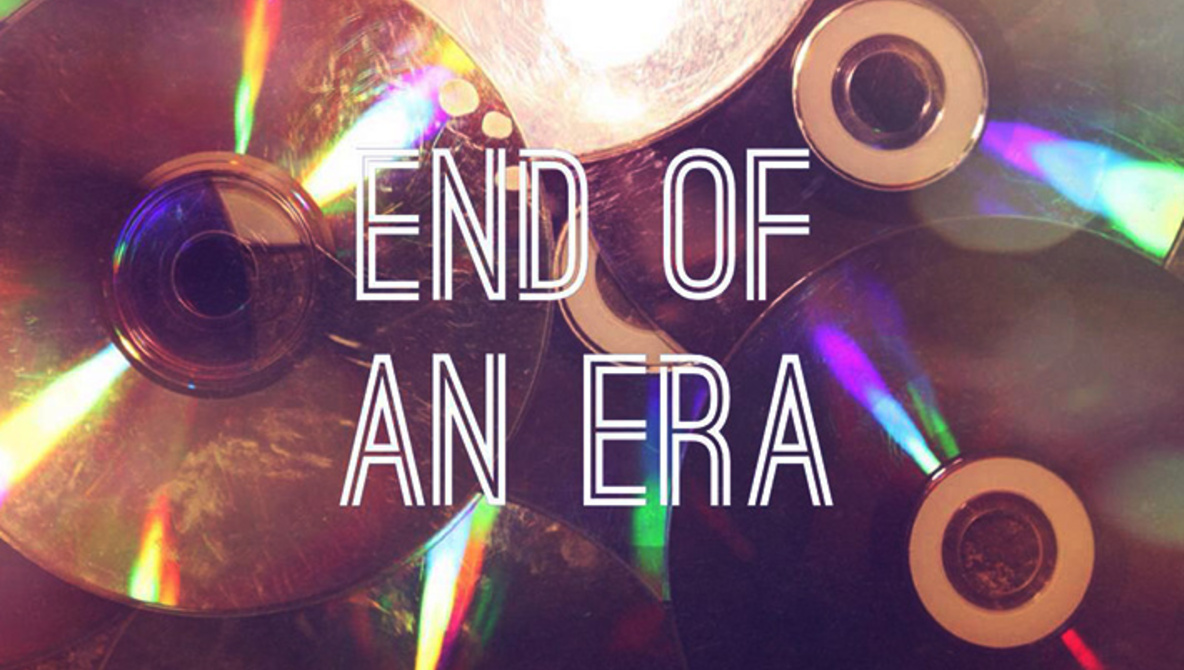The compact disc era may finally be entering its hospice stage.
Electronics outlet Best Buy will stop carrying most CDs in their stores, and Target among other chains is attempting to negotiate with distributors to try to switch to a consignment model.
Thirty-five years after the once indestructible compact format was introduced as one of the greatest audio advancements since the birth of recorded music — and unwittingly unleashed digitized music into the wild.
The shift further confirms the format’s precipitous fall: Since peak plastic in 2001, CD sales have dropped 88%, from 712 million units to 85.4 million in 2017, according to Nielsen Music. Casual music fans have all but stopped purchasing discs in favor of streaming services like Spotify, Pandora and Apple Music.
This is putting music manufacturers in a tight spot. Music manufacturers say they are waiting to see what happens with DVDs. If manufacturers don’t agree to these new terms, could it be the end of the compact disc era?
Once upon a time, in a world where streaming wasn’t yet created, the only way to measure the success of a song or an album was to measure the number of purchases. As with many data indicators, once the information is pulled and used, the data often loses meaning. If you think about the current streaming era you’ll see how this form of measurement has hidden/deformed a lot of valuable information and gave us a blurred vision of music consumption, especially during the last years of the CD era when success was measured in purchases and not what was actually listened to.
In order to be included in the single charts during the CD era, your track needed to be released as a single. This created two sub-markets, one for singles and the other for albums. Now, in the streaming era, there is only one market: tracks. For this reason, you can sometimes find all the tracks of an album in the top charts, which was just the case for Ed Sheeran’s new music. With this new model it’s definitely the end of single albums (no more paying $15 for a full album only to discover the one good track was the radio hit). This could also be a flashback to the 50s or 60s when albums were primarily compilations of singles opposed to concept album.
Most of us remember, Napster, the MP3 and the ‘collapse of the industry’ which lasted more than 10 years, but piracy had also an impact on catalogs and consumption. During those years, labels invested much more in adult music catalogs than teenagers’ catalogs because only adult music continued to be purchased whereas teen music was pirated.
While many studies show you listen to more music when you’re young (and you’ll always listen to the music of your 20s for the majority of your life), that means that there has been a huge gap between what the charts showed and what was actually consumed at the end of the CD era. For instance, before the recent charts of the streaming era, EDM and urban music were still considered genres when they were clearly becoming the new pop.
The CD era had no alternative to genres. To find the release you wanted you needed to know the genre to find the right section and, when you were an electronic lover, you didn’t even bother looking in the pop section! Now with search engines and mood/moment playlists, rigid genre definitions are over. .
Who loses? The consumers who want to own their music, particularly the ones who like tangible items. The artists lose because they are getting a raw deal with streaming and downloads. People tend to desire buying individual songs rather than entire albums, although they usually have the power to control that aspect. Audiophiles lose because most downloads, and streaming, means a further loss in audio quality in most cases, and for the music lover, it really means further reduced availability of titles. People who love artwork and liner notes lose bigtime! The prices for downloads isn’t consistent with the lack of manufacturing. And, all of this this drives the demand for illegal downloads of pirated CDs.
Even sales of downloads have taken a dive in favor of these streaming services like Spotify and Pandora. The advantage of Pandora is that it is available in an increasing number of cars, including Sirius/XM radio.
On the bright side: the online market for major label legitimate hi-rez albums made from the first generation analog and digital masters, are available to the public from a growing number of stores, including Music Direct, HD Tracks, one in Canada, and one or two in Europe. There have been constant rumors that Sony/BMG will start selling lossless downloads on their site. And soon, rocker Neil Young is expected to start selling them from his company Pono. And, there are strong rumors that iTunes will begin selling redbook quality and/or hi-rez downloads through its iTunes store.
What is the appeal of downloads and streaming? There is almost zero cost to the labels beyond hiring someone to retrieve a master from the vault and making a copy for the online store, or to hire a mastering engineer to make a new transfer. No manufacturing or A&R costs. No distribution costs. It’s all profit. The consumer gets their music on demand, and doesn’t have more “things” to clutter up their living spaces.
If you still want CDs, they are still being made in smaller quantities than in the past. Some retailers are selling (or dumping) new catalog titles at as low as $2! People continue to sell off their CDs as they favor downloads and streaming services. So, now is a good time for the consumer who likes tangibles to buy up music. Today, you can load up thousands of songs on a USB, or even a hard drive, and play them in your car! Every couple of months, I rotate the album selection in my car by loading them up on a USB and sticking it in the car. No unsafe fumbling around with CD-Rs, and I listen to exactly what I want all the time with no loss in sound quality.
If you download music, you can still burn it on a CD-R and play those in a traditional CD player. It means the baby boomers will have to learn how to use a computer for more than Facebook or this place.
The sales of vinyl records has held steady. Their popularity is fueled by young people who grew up in the digital age, believe that vinyl is more “real”. Audiophiles like them because, for the most part, it offers much better sound over highly compressed CD counterparts. In fact, a well-cut record will sound closest to the master source from which it was made. That fact is backed by many seasoned recording engineers. But, then, a well-made CD is no slouch, either, as proven by countless gold CD reissues by audiophile labels like Audio Fidelity and Mobile Fidelity.
But, the CD isn’t gone yet. You may not be able to find what you want in a store, but you can go to Amazon, CD Universe, or Dusty Groove, and find almost anything, new or used. And, if you want something on CD bad enough, let the labels know. If they think there is a large enough market to warrant a CD reissue, they will most likely do it.
But, just like many collectors have had to deal with having a turntable or CD player, many more music lovers will have to start thinking about the realities of downloading, especially if hi-rez becomes more available.
I sometimes feel like I am sounding like my grandpa who talked about the 78RPM records that were so popular in his day. Here is a brief history just in my generation of changes to the way we play music: 1948 – 33 1⁄3 vinyl EP’s; 1949 – 45 RPM singles; 1963 – compact cassette; 1964 – 8 track tape; 1982 – compact disc; 1992 – MP3; and 2002 – streaming
“The Only Thing That Is Constant Is Change -” ― Heraclitus

